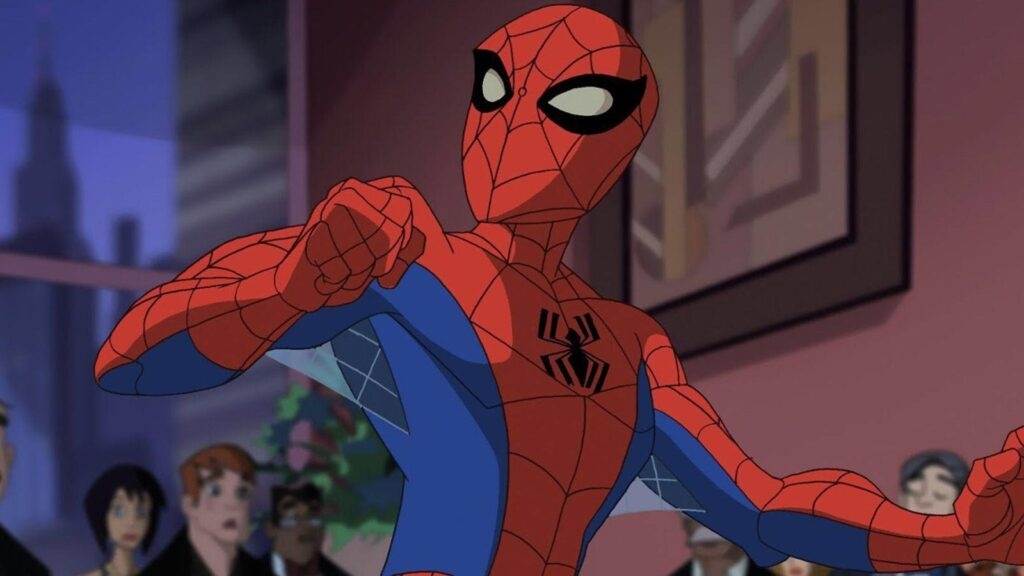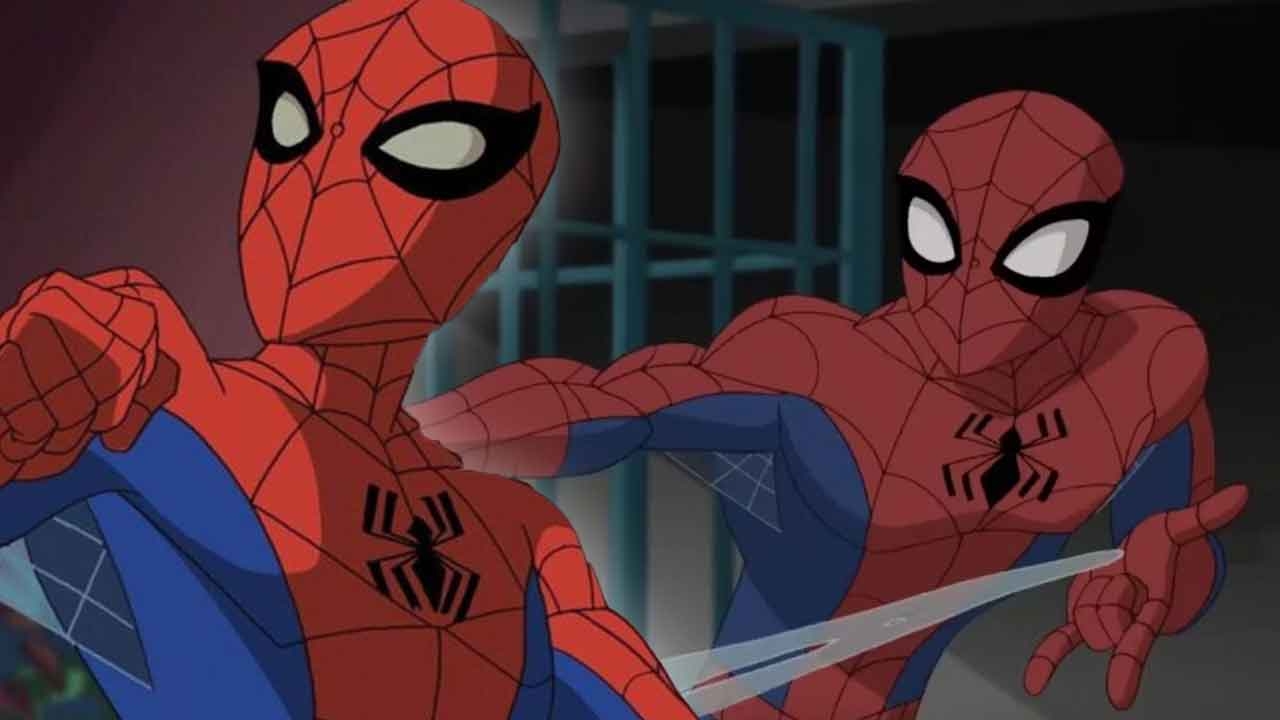Bizarre Reason Why Spider-Man: The Animated Series Couldn’t Use the Word ‘Radioactive’ Spider
Throughout the years, the superhero genre has remained one of the most successful and nostalgic for Marvel enthusiasts. They have introduced mighty heroes like Iron Man, Captain America, and other prominent Avengers. However, Marvel’s most successful legacy character is the amazing Spider-Man.

A radioactive bit teenager Peter Parker transforms into the most beloved Spider-Man. The superhero gained universal popularity, leading to numerous creations of video games and live-action films, and how can we forget the animated series?
The 90s kids know exactly how nostalgic it feels when they hear Spider-Man: The Animated Series, which ran for five successful seasons. However, despite the web-slinger’s origin, the makers decided not to use the word “radioactive” and replaced it with a made-up science term “neogenic.” The reason? It sounded scary for a show that was majorly targeted at kids. So, the origin story was a bit changed in Spider-Man: The Animated Series.
Spider-Man: The Animated Series Replaced The Word Radioactive Due to Censorship
Spider-Man: The Animated Series didn’t just develop a loyal fanbase for the character, but it also paved the way for other animated series like The Incredible Hulk and Iron Man. Along with the web-slinger, the 1994 show also featured some of the most important characters in Spider-Man world like Mary Jane Watson, Felicia Hardy, and even the most mysterious Madame Web.

However, one significant detail about Spider-Man’s origin was strangely modified as the animated series was largely meant for kids. In Spider-Man: The Animated Series, they didn’t use the word “radioactive” and replaced it with the made-up term “neogenic.” Due to censorship, it wasn’t allowed to use a word that depicted real-world dangers (via IMDb).
Also Read: ‘Superman’ Actor David Corenswet Reveals His Favorite Comic Was Neither Marvel Nor DC
The makers came up with the word “neogenic,” which sounds less threatening and wouldn’t harm the younger audience. But the irony is that the theme song of Spider-Man: The Animated Series has the lyrics “radioactive spider blood.” Despite making a subtle change in Peter Parker or Spider-Man’s story in the hit series, the show still had deep and thoughtful content.
Peter Parker Initially Transforms Into Man-Spider in Spider-Man: The Animated Series

Also Read: Where is the Samuel L. Jackson Afro Samurai Live Action Movie?
Now that the makers of Spider-Man: The Animated Series weren’t allowed to include threatening terms like “radioactive,” they replaced it with another made-up science term. However, making even a little change in the origin story of a superhero can lead to different paths.
Similarly, the animated series diverged from Spider-Man traditional original story by showing that, when the spider bit Peter Parker, he didn’t immediately turn into Spider-Man, but Man-Spider. This incident is indeed mentioned in the comic book as The Six Arms Saga when the web-slinger tries to eliminate his powers.
But in the animated series, this is a part of Spider-Man’s original story, reflecting the change that the creative team made. In the series, Spider-Man grows six arms due to the natural evolution of his genetic state, eventually transforming him into Man-Spider. So, Peter Parker was bitten by a “neogenic” spider that caused mutations in his body.
Spider-Man: The Animated Series is available on Disney+





